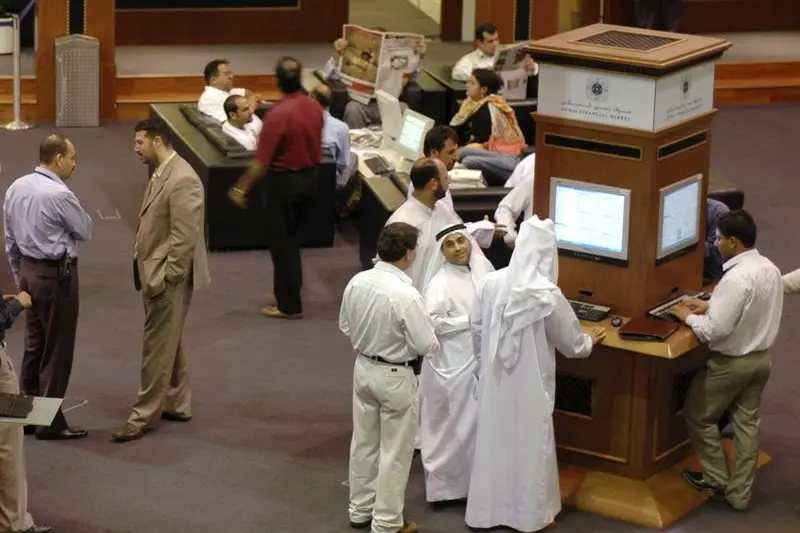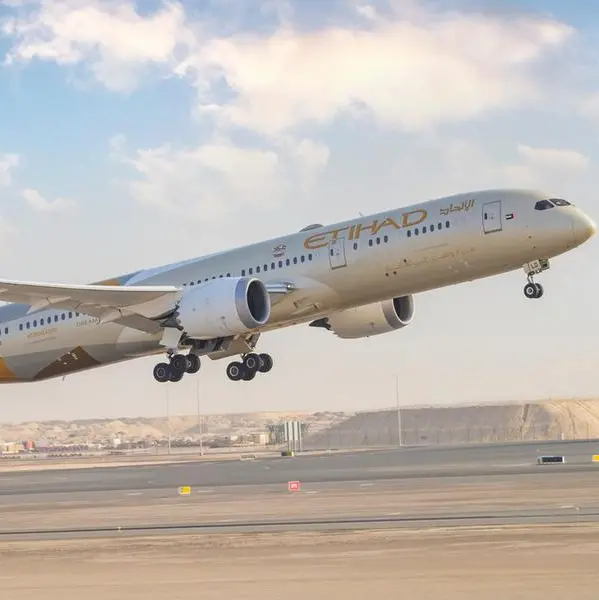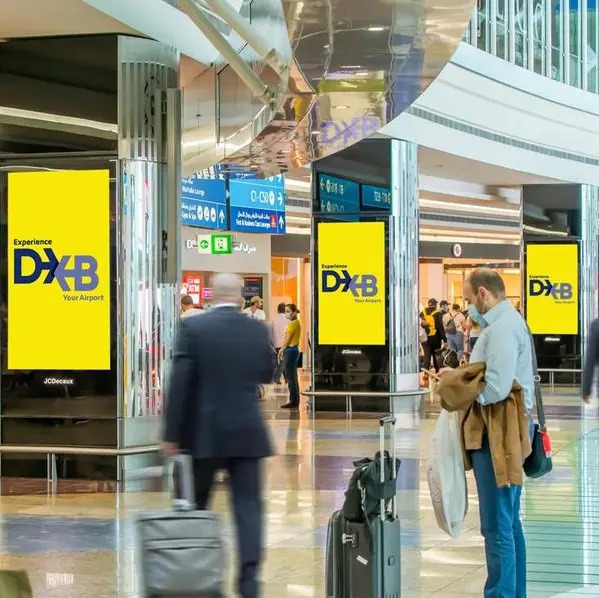PHOTO
04 October 2016
By Business Reporter
MUSCAT: GCC Governments need to step up efforts to improve the financing environment, according to a new ICAEW report. The accountancy and finance body warns that the access to finance will be a key driver for economic diversification across the region urgently needed in light of the radical shift in global oil markets. The report Economic Insight: Middle East Q3 2016, produced by Oxford Economics, ICAEWs partner and economic forecaster, says that as lower oil prices affect the role played by governments as direct and indirect drivers of GCC business investment, ensuring companies access to finance is becoming critical.
This requires ambitious policy, including prioritisation of public spending, a more competitive banking sector, development of the financial sector and greater openness to foreign direct investment (FDI). The new normal for oil prices has made diversification more urgent but also more difficult by tightening financial conditions across the region. The report outlines three specific channels in this context. Most crucially, lower oil revenues mean governments have less funding to support investment and development. Total government spending is reported to have fallen by 15-20 per cent in Saudi Arabia, Kuwait, Oman and Bahrain between 2014 and 2016, with further expenditure restraint expected in the coming years.
Secondly, lower oil revenues mean a lower stock of government deposits in the local banking system, and therefore a shortfall in cash to lend to households and firms. Finally, the damage that lower oil prices have inflicted on public finances and credit ratings mean ongoing expenditure restraint is crucial. Government debt stocks remain low by international standards, but with deficits at double-digits of GDP, those debt stocks are rising steeply. This has led ratings agencies to downgrade Saudi Arabia, Oman and Bahrain through the first half of 2016. Local banks, which hold government debt as assets, have therefore had to increase capital buffers, restricting their ability to lend.
The overall impact is that bank lending, coupled with the overall money supply in GCC economies, has gradually slowed over the past couple of years and begun to contract in some.
Tom Rogers, ICAEW Economic Advisor, and Associate Director of Oxford Economics Macroeconomic Consultancy for Europe, Middle East and Africa (EMEA), said: A tighter financing environment may mean GCC firms struggle to get the finance they need in order to invest or expand, or if they do get it it will be at higher interest rates. However, there are ways in which this challenge can be overcome. For example, governments should try and prioritise growth-enhancing policy areas when rationalising public spending, improve the environment for inward foreign investment, and in some cases boost competition within the banking sector.
If governments are successful in attracting greater inward FDI, this would have multiple benefits access to foreign liquidity, transferring technology, and supporting exchange rate pegs. Although the UAE, Bahrain and Qatar are among the worlds 20 most FDI-friendly economies, Oman, Saudi Arabia and Kuwait are in 80th, 107th and 137th place respectively.
Michael Armstrong, FCA and ICAEW Regional Director for the Middle East, Africa and South Asia (MEASA), said: Attracting FDI will not only provide an additional source of financing, it will also create healthy competition that should ultimately benefit the financial sector and the economy. Banks and finance providers may find their profitability under pressure from any moves to boost competition in their sectors, and develop other financial sector areas.
While the business environment in the GCC region has improved in recent years, limitations to foreign ownership, poor investor protection and punitive bankruptcy laws still pose challenges to attracting FDI.
A balance in the oil market is expected in 2017. Brent crude oil prices are forecast to average US$44 per barrel in 2016, edging up to US$50 per barrel in 2017 respectively, thanks to the success of OPECs strategy to keep production high and try to freeze out higher cost producers, particularly those in the US. However, this is still well below breakeven oil prices for government budgets, which consequently remain in deficit across most of the region. GDP across the Middle East region is expected to grow by 2.4 per cent this year and 2.8 per cent next year, compared to 2.8 per cent in 2015.
The report also shows:
GDP growth in Saudi Arabia in 2016 is expected to rise just 0.8 per cent and 1.5 per cent in 2017. Non-oil growth will remain weak due to continued austerity policies but rise by nearly 1 per cent in 2016. Vision 2030 should help the Kingdom in diversifying its economy and reduce fiscal deficit.
The UAE is expected to see growth of 2.3 per cent in 2016 and 2.7 per cent in 2017. Non-oil growth shows signs of slowing, owing to fiscal consolidation, the strong dollar and tighter monetary conditions. Renewed fears of property market weakness in the country stem from oversupply and weak demand. House prices fell 7.4 per cent in the 12 months to 2016 according to real estate analysts REIDIN.
Following Bahrains downgrade by S&P in February, Moodys cut one notch to Baa2 (with negative outlook) in mid-May. Meanwhile, despite subsidy cuts, higher government fees and general cost cutting, the state budget deficit will likely reach 11 per cent of GDP this year. GDP is expected to be 11.7bn Dinar in 2016 and 11.9bn Dinar in 2017 (both in 2010 prices).
The fiscal situation in Oman remains a concern, with doubts around Omans willingness to address its large deficit. Until now, the deficit has been mostly funded by issuing debt, drawing down the State General Reserve Fund plus loans and grants from other countries.
Domestic financing conditions are, however, becoming tighter. The recent sovereign dollar bond should reduce the dangers of crowding out of the private sector, but at the cost of rising public debt. GDP growth is forecast to slow to 2 per cent in 2016 and 2.1 per cent in 2017.
Qatar is set to remain the fastest growing country in the Gulf region. Hydrocarbon production will benefit from increased pipeline gas production from the Barzan gas field and the new Ras Laffan II refinery in 2017. However, this will be broadly offset by slowing growth in the non-hydrocarbon sector, leaving total GDP growth at a forecast 3.5 per cent in 2016 and 3.7 per cent in 2017.
Kuwait is to follow the lead set by other GCC countries and tap international debt markets to help plug its budget deficit. Although the government has pledged to continue cutting overall spending and raising non-oil revenues, it is still prioritising investment, as underlined in the development plan for 2015-20. Economy is expected to expand 2 per cent in 2016, picking up to 2.2 per cent in 2017.
By Business Reporter
MUSCAT: GCC Governments need to step up efforts to improve the financing environment, according to a new ICAEW report. The accountancy and finance body warns that the access to finance will be a key driver for economic diversification across the region urgently needed in light of the radical shift in global oil markets. The report Economic Insight: Middle East Q3 2016, produced by Oxford Economics, ICAEWs partner and economic forecaster, says that as lower oil prices affect the role played by governments as direct and indirect drivers of GCC business investment, ensuring companies access to finance is becoming critical.
This requires ambitious policy, including prioritisation of public spending, a more competitive banking sector, development of the financial sector and greater openness to foreign direct investment (FDI). The new normal for oil prices has made diversification more urgent but also more difficult by tightening financial conditions across the region. The report outlines three specific channels in this context. Most crucially, lower oil revenues mean governments have less funding to support investment and development. Total government spending is reported to have fallen by 15-20 per cent in Saudi Arabia, Kuwait, Oman and Bahrain between 2014 and 2016, with further expenditure restraint expected in the coming years.
Secondly, lower oil revenues mean a lower stock of government deposits in the local banking system, and therefore a shortfall in cash to lend to households and firms. Finally, the damage that lower oil prices have inflicted on public finances and credit ratings mean ongoing expenditure restraint is crucial. Government debt stocks remain low by international standards, but with deficits at double-digits of GDP, those debt stocks are rising steeply. This has led ratings agencies to downgrade Saudi Arabia, Oman and Bahrain through the first half of 2016. Local banks, which hold government debt as assets, have therefore had to increase capital buffers, restricting their ability to lend.
The overall impact is that bank lending, coupled with the overall money supply in GCC economies, has gradually slowed over the past couple of years and begun to contract in some.
Tom Rogers, ICAEW Economic Advisor, and Associate Director of Oxford Economics Macroeconomic Consultancy for Europe, Middle East and Africa (EMEA), said: A tighter financing environment may mean GCC firms struggle to get the finance they need in order to invest or expand, or if they do get it it will be at higher interest rates. However, there are ways in which this challenge can be overcome. For example, governments should try and prioritise growth-enhancing policy areas when rationalising public spending, improve the environment for inward foreign investment, and in some cases boost competition within the banking sector.
If governments are successful in attracting greater inward FDI, this would have multiple benefits access to foreign liquidity, transferring technology, and supporting exchange rate pegs. Although the UAE, Bahrain and Qatar are among the worlds 20 most FDI-friendly economies, Oman, Saudi Arabia and Kuwait are in 80th, 107th and 137th place respectively.
Michael Armstrong, FCA and ICAEW Regional Director for the Middle East, Africa and South Asia (MEASA), said: Attracting FDI will not only provide an additional source of financing, it will also create healthy competition that should ultimately benefit the financial sector and the economy. Banks and finance providers may find their profitability under pressure from any moves to boost competition in their sectors, and develop other financial sector areas.
While the business environment in the GCC region has improved in recent years, limitations to foreign ownership, poor investor protection and punitive bankruptcy laws still pose challenges to attracting FDI.
A balance in the oil market is expected in 2017. Brent crude oil prices are forecast to average US$44 per barrel in 2016, edging up to US$50 per barrel in 2017 respectively, thanks to the success of OPECs strategy to keep production high and try to freeze out higher cost producers, particularly those in the US. However, this is still well below breakeven oil prices for government budgets, which consequently remain in deficit across most of the region. GDP across the Middle East region is expected to grow by 2.4 per cent this year and 2.8 per cent next year, compared to 2.8 per cent in 2015.
The report also shows:
GDP growth in Saudi Arabia in 2016 is expected to rise just 0.8 per cent and 1.5 per cent in 2017. Non-oil growth will remain weak due to continued austerity policies but rise by nearly 1 per cent in 2016. Vision 2030 should help the Kingdom in diversifying its economy and reduce fiscal deficit.
The UAE is expected to see growth of 2.3 per cent in 2016 and 2.7 per cent in 2017. Non-oil growth shows signs of slowing, owing to fiscal consolidation, the strong dollar and tighter monetary conditions. Renewed fears of property market weakness in the country stem from oversupply and weak demand. House prices fell 7.4 per cent in the 12 months to 2016 according to real estate analysts REIDIN.
Following Bahrains downgrade by S&P in February, Moodys cut one notch to Baa2 (with negative outlook) in mid-May. Meanwhile, despite subsidy cuts, higher government fees and general cost cutting, the state budget deficit will likely reach 11 per cent of GDP this year. GDP is expected to be 11.7bn Dinar in 2016 and 11.9bn Dinar in 2017 (both in 2010 prices).
The fiscal situation in Oman remains a concern, with doubts around Omans willingness to address its large deficit. Until now, the deficit has been mostly funded by issuing debt, drawing down the State General Reserve Fund plus loans and grants from other countries.
Domestic financing conditions are, however, becoming tighter. The recent sovereign dollar bond should reduce the dangers of crowding out of the private sector, but at the cost of rising public debt. GDP growth is forecast to slow to 2 per cent in 2016 and 2.1 per cent in 2017.
Qatar is set to remain the fastest growing country in the Gulf region. Hydrocarbon production will benefit from increased pipeline gas production from the Barzan gas field and the new Ras Laffan II refinery in 2017. However, this will be broadly offset by slowing growth in the non-hydrocarbon sector, leaving total GDP growth at a forecast 3.5 per cent in 2016 and 3.7 per cent in 2017.
Kuwait is to follow the lead set by other GCC countries and tap international debt markets to help plug its budget deficit. Although the government has pledged to continue cutting overall spending and raising non-oil revenues, it is still prioritising investment, as underlined in the development plan for 2015-20. Economy is expected to expand 2 per cent in 2016, picking up to 2.2 per cent in 2017.
Oman Daily Observer 2016












